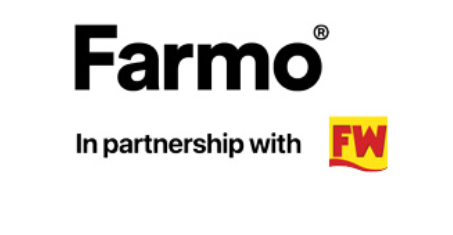Getting big bale creativity from a conventional size
THERE ARE now more horses in the UK than at any other time in history. Those tasked with looking after these beasts are, in the main, not generally well equipped to handle large bales of hay and straw or indeed, silage or haylage.
Hence the increasing demand for small, conventional bales – the sort we all thought we had seen the last of following the introduction of the round baler and the big square bale.
More than a few farmers must have considered making conventional bales for sale into the horse feed market but almost the same number of farmers will realise they are not in a position to handle such bales.
It is, if you like, a re-creation of the very reason why the industry turned its back on conventional bales in the first place – they need a large amount of manual handling which implies high labour costs and slow outputs.
A solution is for conventional bales to be “baled” together to take on the shape – and handling characteristics – of a big square bale. With this in mind, contractor Simon Chiles – based near Edenbridge on the Kent/Surrey border – invested last year in an Arcusin Multi Pack – a machine which produces a pack of 14 bales tied with four strings.
“At 36,000 it”s a very expensive machine and one which I shall need to work pretty extensively if there is to be a sensible return,” he says.
Last year, he managed to put 35,000 bales through the machine but he feels that this needs to double to make financial sense of his investment.
The Multi Pack can handle bales of silage, hay and straw made by all makes of conventional balers currently on the market, providing the bales are not longer than 1.3m (50in). Mr Chiles says the ideal length is between 1.1m and 1.2m (43-47in) although, by blanking out part of the chamber, shorter bales can be accommodated.
AUTOMATIC
A trailed machine with its own hydraulic system on board, it can be set to automatically load, stack, compress and tie bales before depositing them as a single stack on the ground.
At the start of the sequence the first bale enters via a short chain elevator which places it on to a platform. An arm then sweeps across to turn it lengthways and position it at the rear of the chamber.
The second bale arrives and is placed alongside the first. At this point a plunger pushes the two bales upwards where they are retained by the hydraulically-activated squeezing action of the rear panel.
Two more bales are positioned below them and these are pushed upwards to make room for the next two bales, and so on.
When 14 bales are on board, the knotting sequence is instigated – the four twines which have been taken up by the bales are knotted while the bales are under pressure. As the needles bring the twine to the knotters, the string is retained by a braking system to ensure that the pack is tightly bound.
Once secured, the rear door of the Multi Pack opens downwards to form a ramp from which the pack slips gently onto the ground. And the sequence starts all over again.
“I can process about 350 bales/hour,” says Mr Chiles.
“Which is a slightly slower rate than a baler operating without a sledge, but the Arcusin can keep going longer in the day than the baler.”
HANDLING
The packs, which can weigh over 400kg with silage, can be handled by a wide range of bale handling equipment including squeezers, grabs and spikes – in fact, anything that can move a big square bale.
Mr Chiles charges 35p/bale which, for silage and hay destined for eventual sale is an acceptable price, he feels. For straw though, unless it is sold really well, the margin might be prohibitive.

